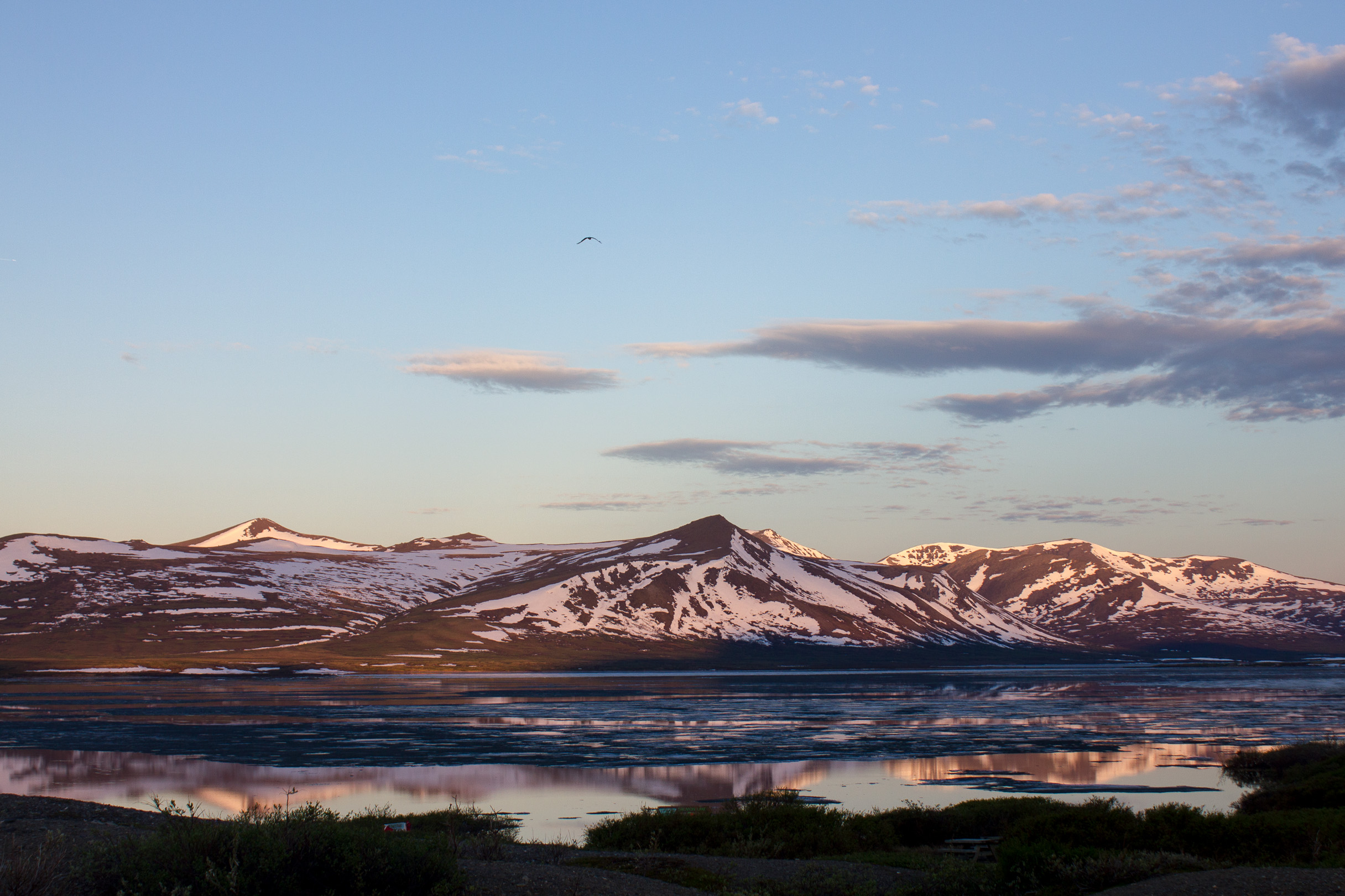According to a more than 30-year-long study the National Park Service conducted, three miles was previously the amount lost over a decade of Arctic lake drainage. In 2018 alone, the Bering Land Bridge National Preserve lost three square miles of lakes.
The NPS study ran from 1984-2018 and monitored lakes in Bering Land Bridge as well as four other national parks in northern parts of Alaska: Cape Krusenstern National Monument, Gates of the Arctic National Park and Preserve, Kobuk Valley National Park, and the Noatak National Preserve.
NPS biologist Dave Swanson says that 2018 was also the greatest single-year loss of any year during the study.
“These lakes are surrounded by land that has permafrost on it so they’re vulnerable to having new outlets kind of erode quickly, because basically you don’t have to just erode the soil away, you can just thaw it in some cases. So, it can happen quicker than it would if you were trying to erode through something more solid.”
The record high temperatures this summer also brought about lake drainage, continuing the trend of rapidly disappearing Arctic lakes. Swanson says high temperatures are one of the common catalysts for lake drainage.
“If there’s been a lot of precipitation so that the lake level is high, and then it (the water) would tend to be running out and finding a way to erode new paths out of the lake. And you know, both processes have been acting in the Seward Peninsula in the last few years, right? It’s been very warm and there’s been a lot of snow, so there’s been a lot of water in these lakes to make them real high.”
According to Swanson, while the loss of water in Arctic lakes is not predicted to have direct impact on subsistence resources, the fact that the climate is changing so rapidly can have an impact on those who rely on subsistence practices.
However, certain species of animals use these Arctic lakes as habitat, like the yellow-billed loons, and they could be affected by this rapid lake loss. To what extent though is unknown, as Melanie Flamme, the NPS biologist expert on this species of loons, did not respond to KNOM’s request for comment on the yellow-billed loons.
The next collaborative study for NPS will focus on sea-bird die-offs.
Photo at top: Sunrise picture taken at Salmon Lake. Photo by Karen Trop, KNOM (2017).





